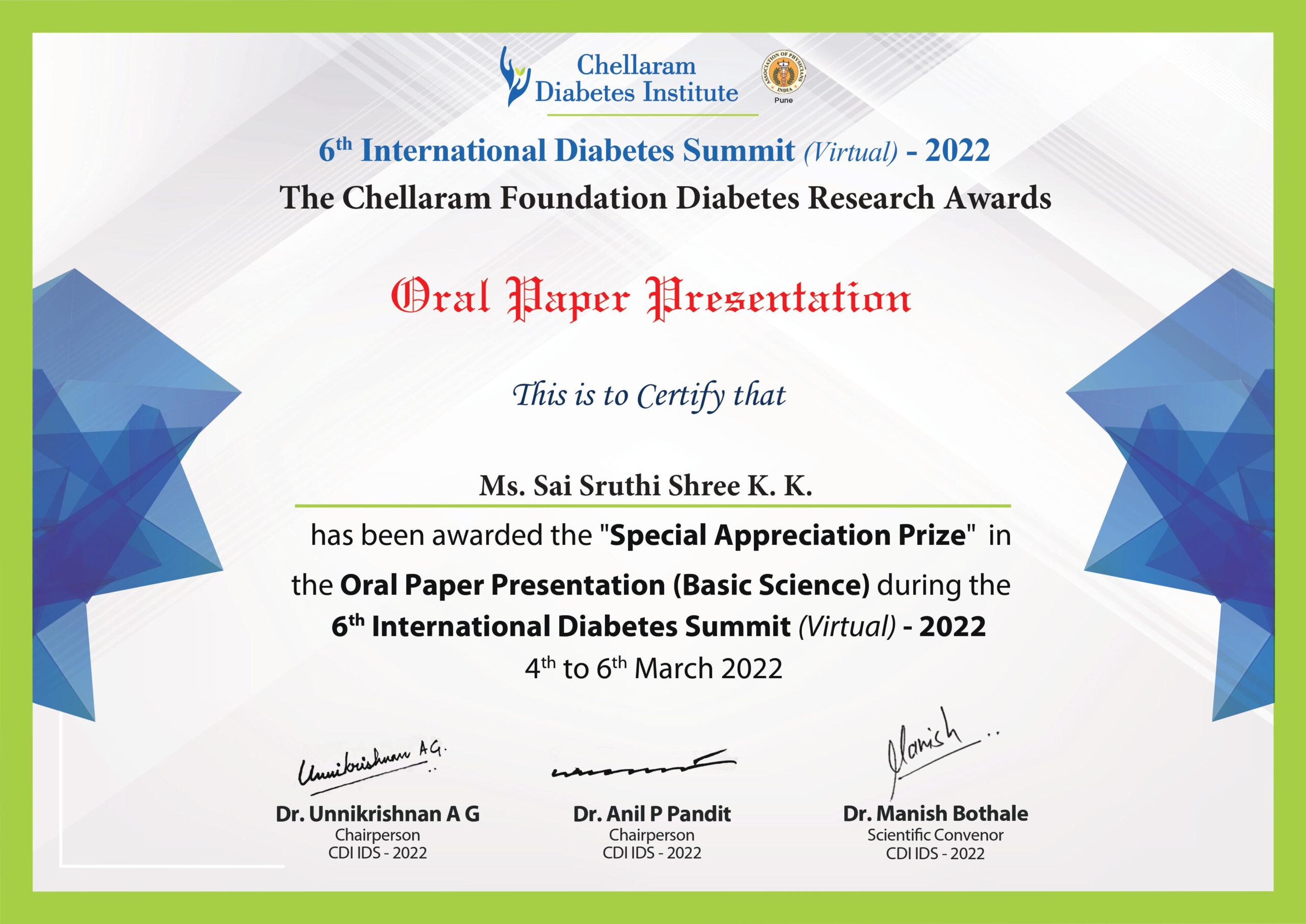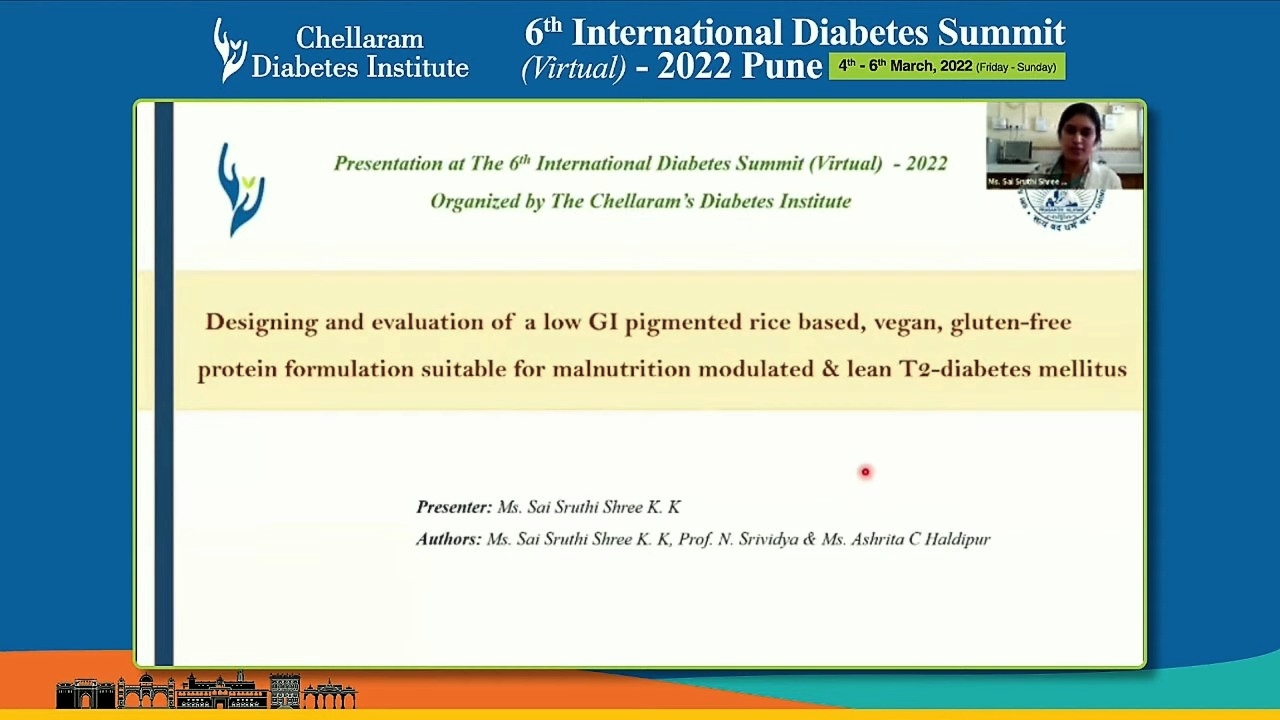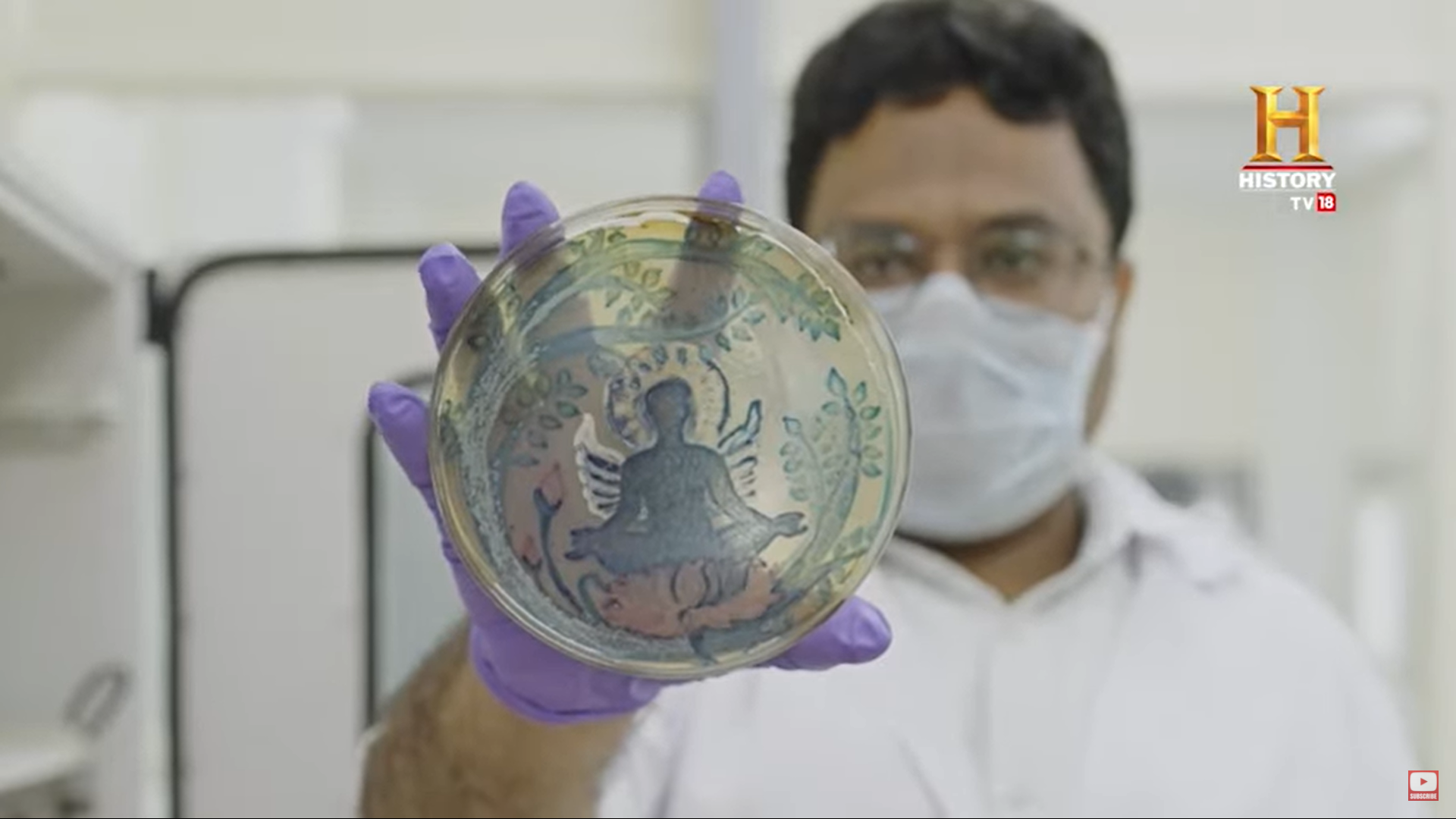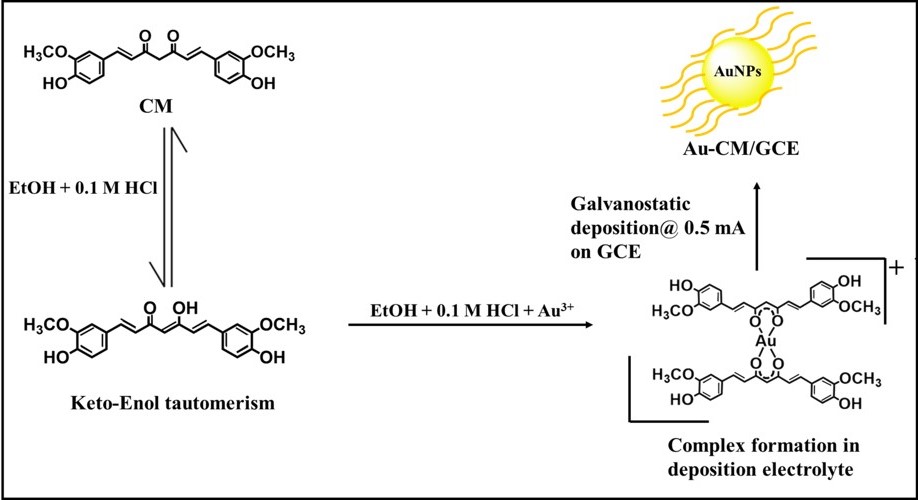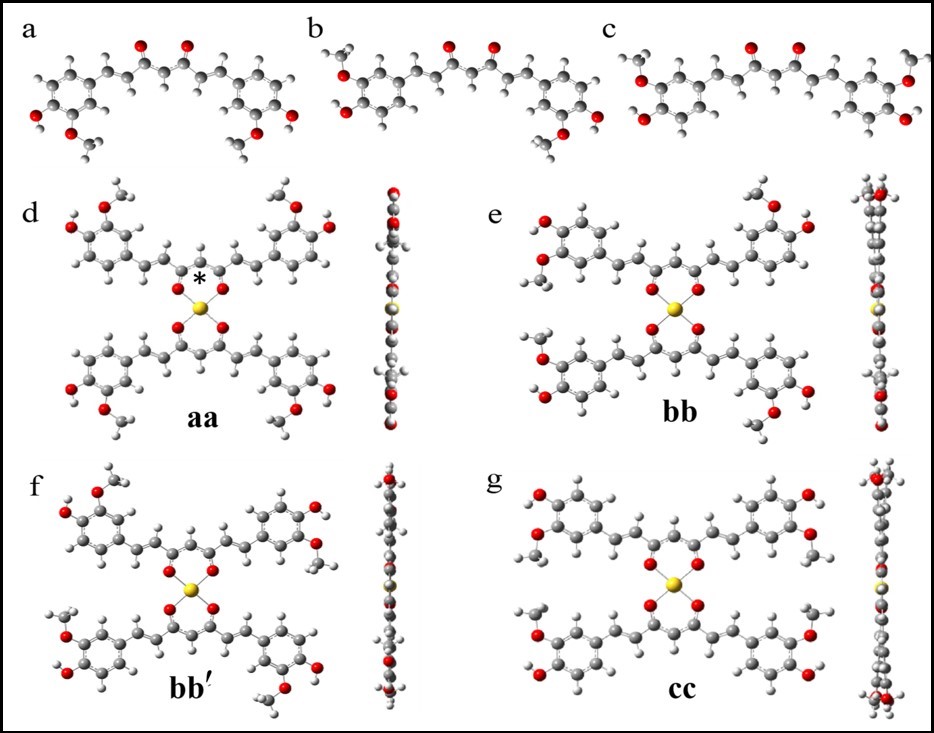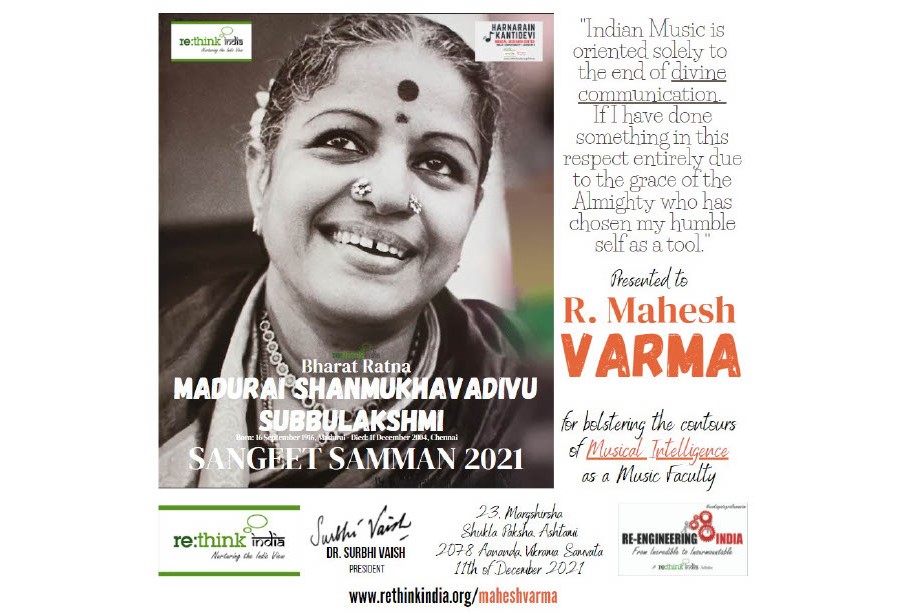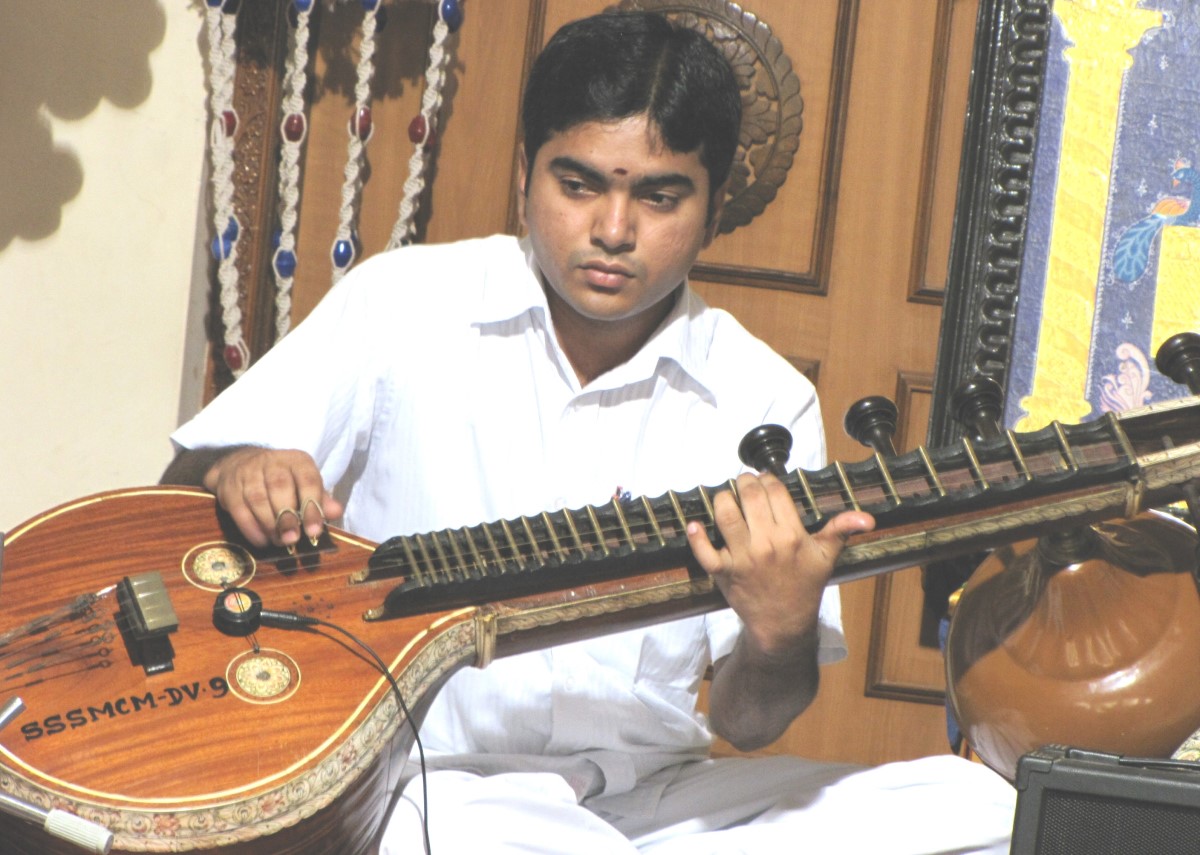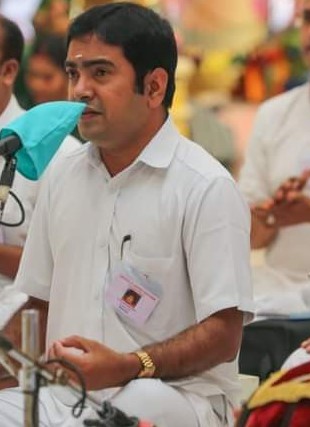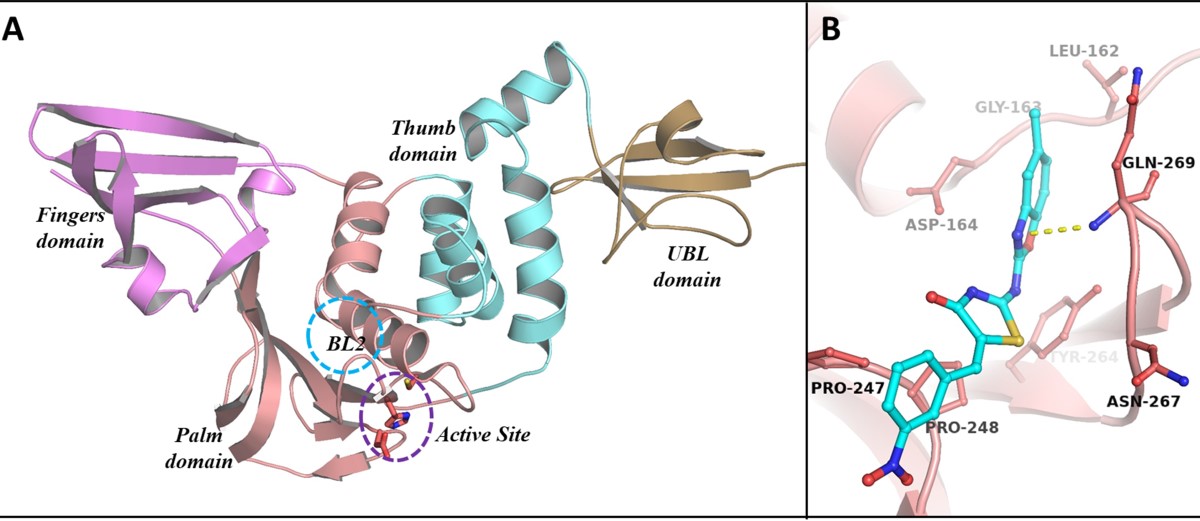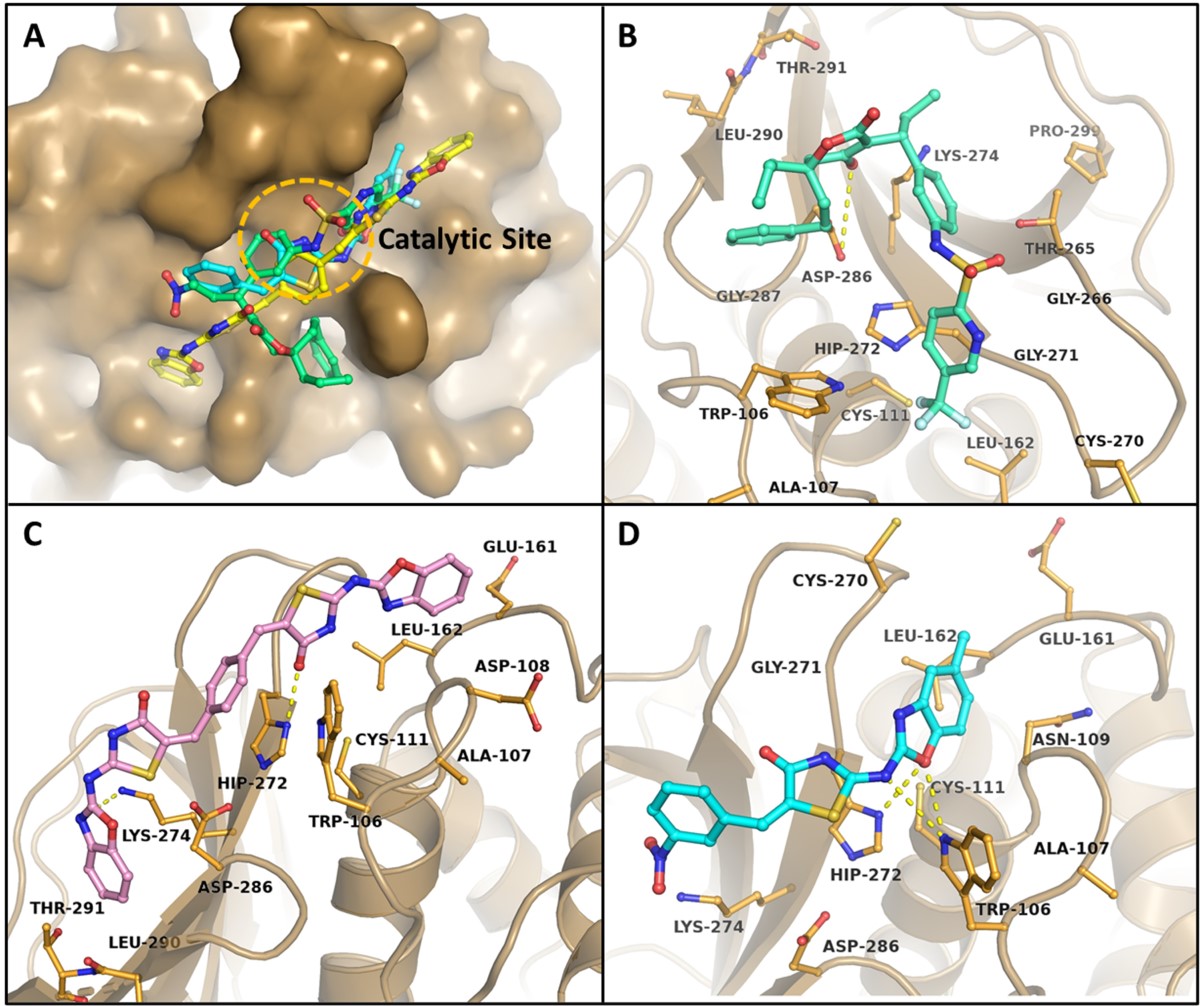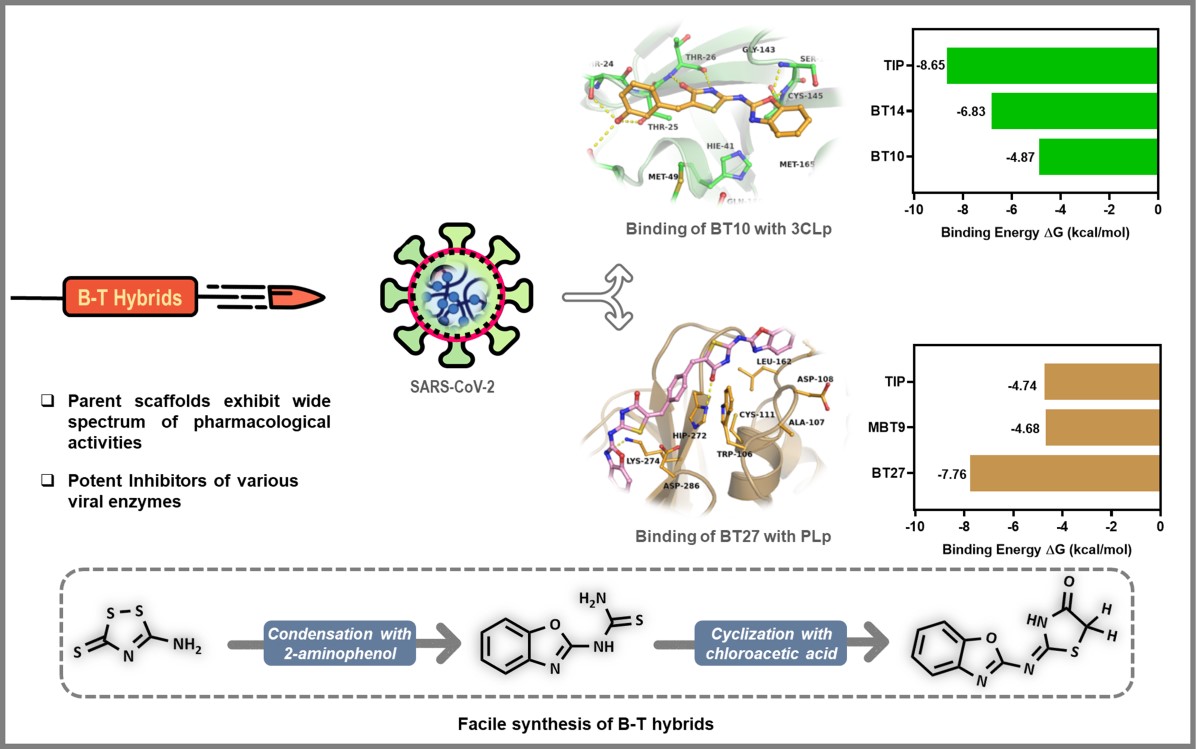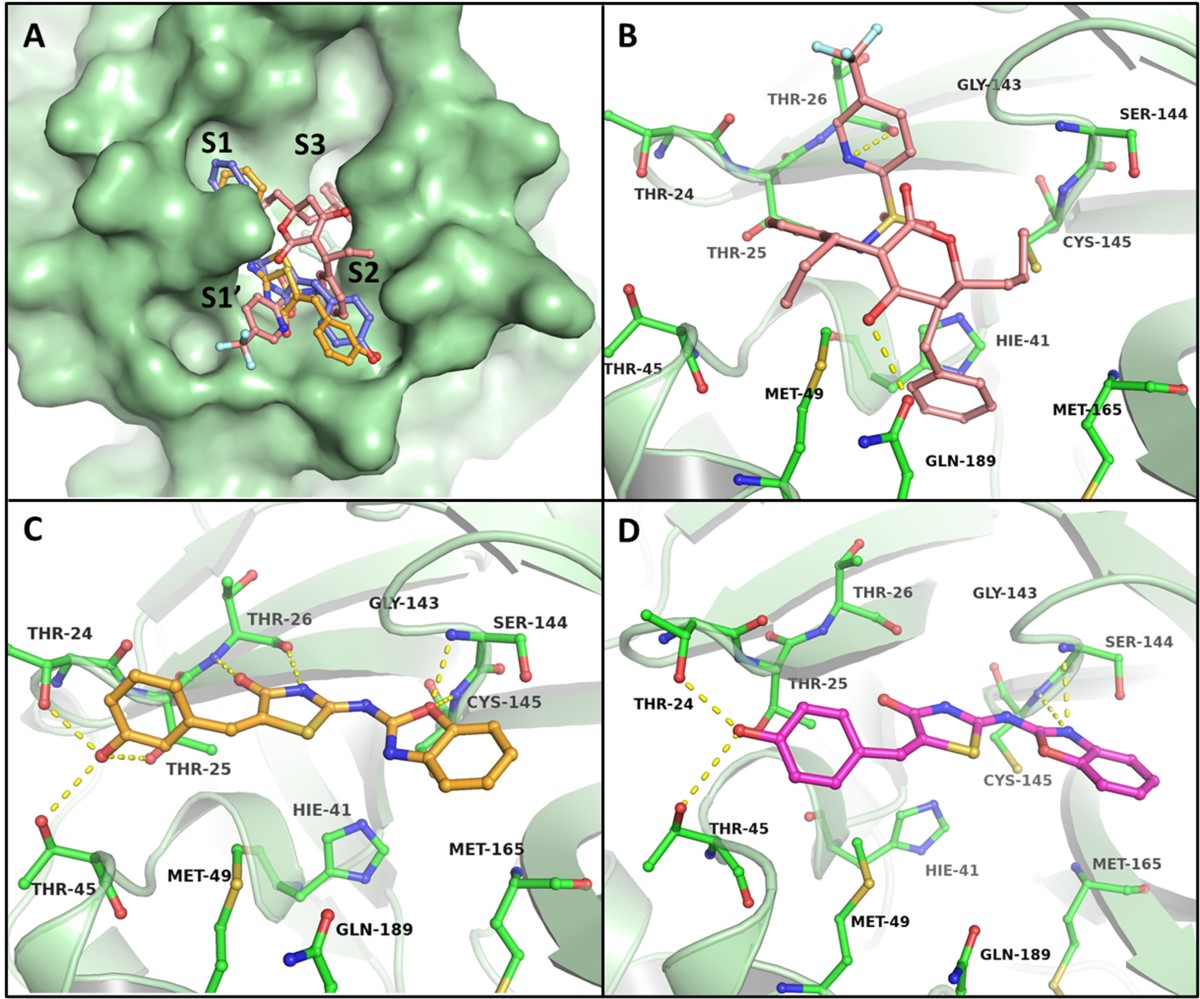A ‘Special Appreciation Prize’ was awarded to Ms. Sai Sruthi Shree K. K, Doctoral Research Scholar, DFNS, for her presentation under the ‘Basic Science’ category at ‘The Chellaram Foundation Diabetes Research Awards’ held on 4-6 March, during the 6th International Diabetes Summit (Virtual) – 2022.
The paper entitled ‘Designing and evaluation of a low-GI pigmented rice-based vegan gluten-free protein formulation suitable for malnutrition modulated and lean T2-diabetes mellitus’ was co-authored by Prof. N. Srividya, Research Supervisor & Head, DFNS, and Ms. Ashrita C. Haldipur, Research Scholar, DFNS.
In the study, low-GI pigmented rice and plant protein isolates were used as novel ingredients to scientifically design a gluten-free protein formulation. The nutritional analysis revealed the formulation to be a cost-effective dietary supplement suitable for preventing and managing lean T-2 diabetes mellitus.
Organized by the Chellaram’s Diabetes Institute (CDI), Pune, the event hosted best-in-class experts in the field of diabetes from leading national and global diabetes institutions and had over 9000 participants.
Congratulations to Ms. Sai Sruthi Shree on the recognition, and we wish her the very best for many more to come in the future.


